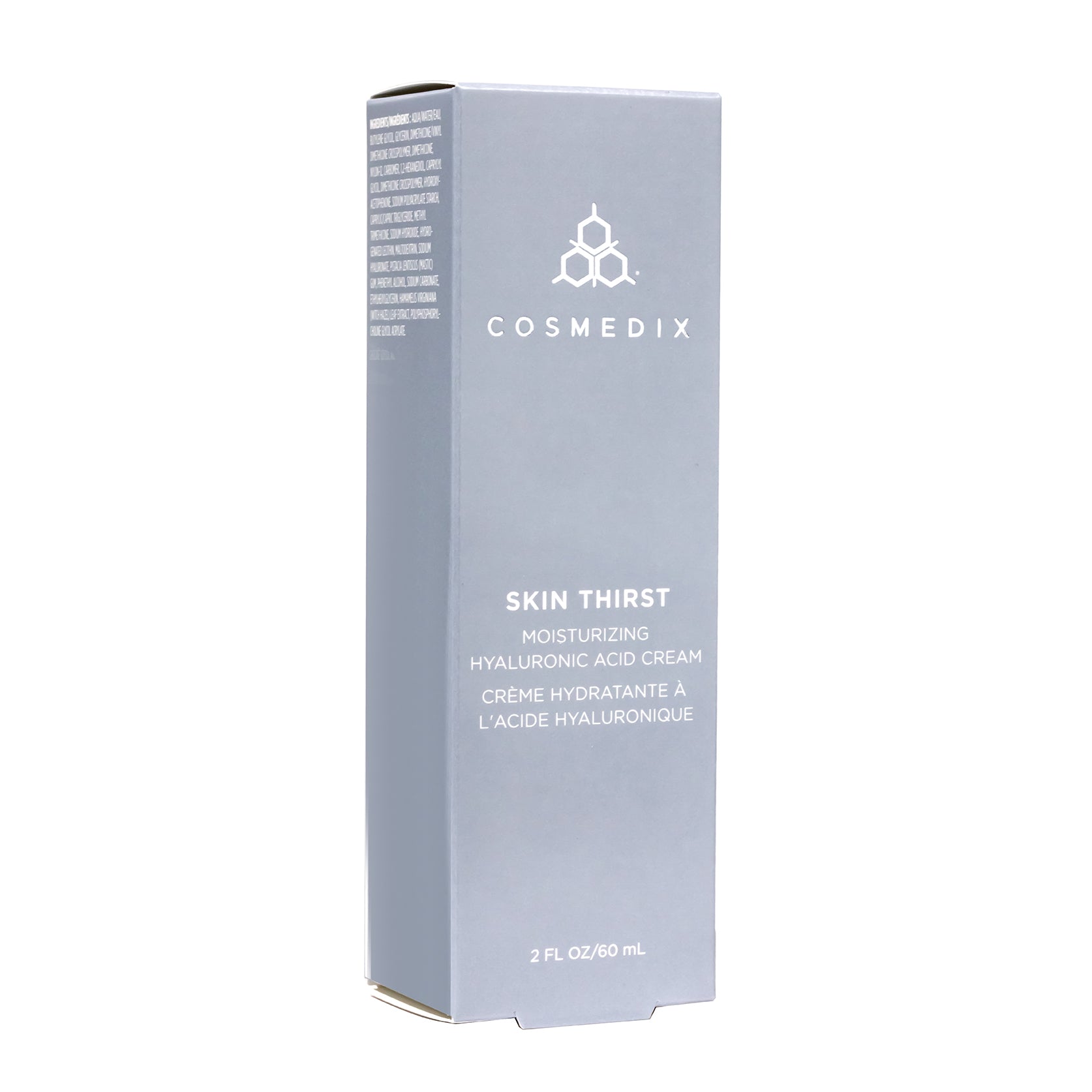
AHA vs BHA: Choosing the Right Acid for Your Skin

Tip from our Collective: Looking for a product that can help shed off excess dead skin, speed up cell turnover, soften fine lines and wrinkles, fade hyperpigmentation, improve skin texture, lock in moisture, and manage excess oil production? Choose a product with AHA’s or BHA’s to exfoliate your skin without the use of harsh scrubs or brushes. Click the link below for more info on how to choose the right acid for your skin.
If you want to keep your skin looking radiant, youthful and blemish free - then acid’s your new skincare bff. AHA’s and BHA’s are two types of chemical exfoliants that can help with a multitude of skin concerns. Each acid can be used to target different problems, but which one is best for you? Let’s take a closer look.
AHA’S
Alpha Hydroxy Acids, commonly known as AHA’s, are water-soluble acids that are typically derived from sugary fruits. Common AHA’s you may have heard of include glycolic, lactic, mandelic, citric and tartaric acid.
These acids work on the top layers of your skin (your epidermis), by breaking down the bonds between your outermost dead skin cells. This allows those dead, dull cells to exfoliate off, leaving your skin brighter and allowing your products to penetrate the living layers of your skin easier. AHA’s also continue past your epidermis, into your dermis. In this layer, AHA’s stimulate the production of collagen and elastin which helps soften wrinkles.
AHA’s are a great exfoliant to add into your routine if you’re looking to soften fine lines and wrinkles, shed excess dead skin, improve skin texture, and reduce hyperpigmentation.
BHA’s
Beta Hydroxy Acids, commonly known as BHA’s, are oil-soluble acids that are derived from the bark of the white willow tree. Salicylic is by far the most common BHA out there and a popular ingredient for acne-prone or oily skin.
BHA’s are the gentler of the two and do not penetrate past the epidermis. They work similarly to AHA’s, in that they help break down the bonds between dead skin cells. However, BHA’s can cut through the oil being produced in your pores, where it can continue to break down the oil and dead skin cell buildup deep inside your pores. Salicylic acid also has anti-inflammatory and antibacterial properties, making it one of the best acne fighting ingredients out there.
If you’re struggling with overly oily skin, acne or clogged pores, adding in a BHA on its own or in combination with an AHA will help manage your oil production.
Tips for Using Acids in Your Skincare Routine:
- Salicylic acid is gentle enough to be used daily in your routine
- It’s important to note that use of AHA’s can increase the skin’s sensitivity to UV rays, so never forget your daily SPF!
- If your skin becomes dry or flakey after using AHA’s, cut down on the percentage or how often you are using it
- If you’re not sure which acid is best for you, talk to your esthetician for a personalized recommendation!






















